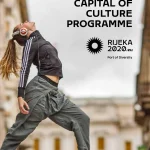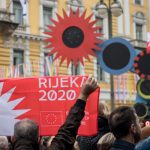February 3, 2020 – The Rijeka 2020 opening party was quite a show on so many levels. A detailed look at an unforgettable 24 hours in the Port of DIversity through the eyes of a foreign resident.
Before we get started on what was an incredible 24 hours in Rijeka for the opening party as the new European Capital of Culture, let’s agree on one thing – whatever I write is going to upset someone in Croatia merely because of the topic. And my appreciation of the events of Saturday are very different after living here for 17 years than the average tourist, but I think it is worth the effort to look at some of those differences.
When I first heard that Rijeka has been chosen as the capital of culture, I was excited and made a note to come to the opening night, for I knew that it would be a memorable and unique experience, given the city’s liberal reputation and political leaning. Back in 2017, The Guardian penned an article, ‘Red’ Rijeka is ready to rock as European Capital of Culture 2020, in which they wrote:
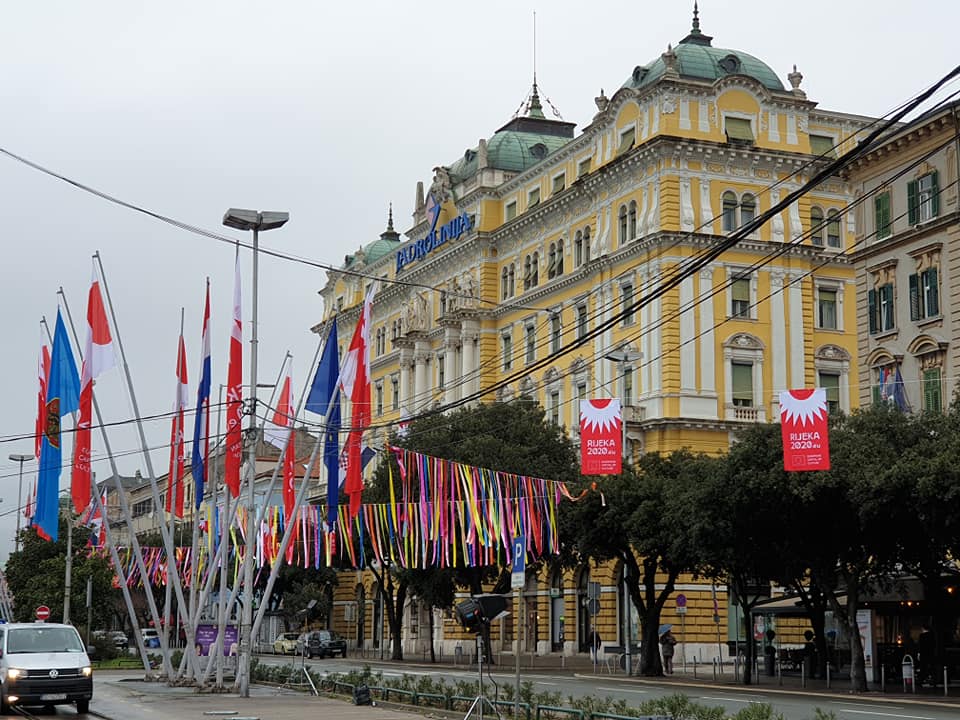
Croatia’s third-largest city is a shipbuilding port with indie attitude. Dubbed “Red Rijeka” for its left-leaning views, and “the city of music” for its pioneering punk, rock and rave sounds, this seaside citadel of 128,000 people has become “the last bastion of artistic freedom in Croatia,” according to Tea Tulić, a local author recently published in English.
Following the city’s successful bid to become European Capital of Culture 2020 (along with Galway), there’s a buzz of activity as former industrial complexes are being transformed into art spaces and new bars and restaurants spring up alongside the city’s Austro-Hungarian palaces, Venetian townhouses, baroque cathedral, Roman fortress and Tito’s concrete curios.
And then I saw the first promo video (above) when it came out – now THIS was a side of Croatia one rarely gets to see in more conservative parts of the country. The slogan Rijeka, Port of Diversity, had a great feel to it, and I was looking forward to seeing a different side of life here. When the programme came out, and there were no less than 70 events to see on the first day alone, I decided to leave early to take in as much as I could. And it only took a Facebook post at the very first venue to get the controversy started…
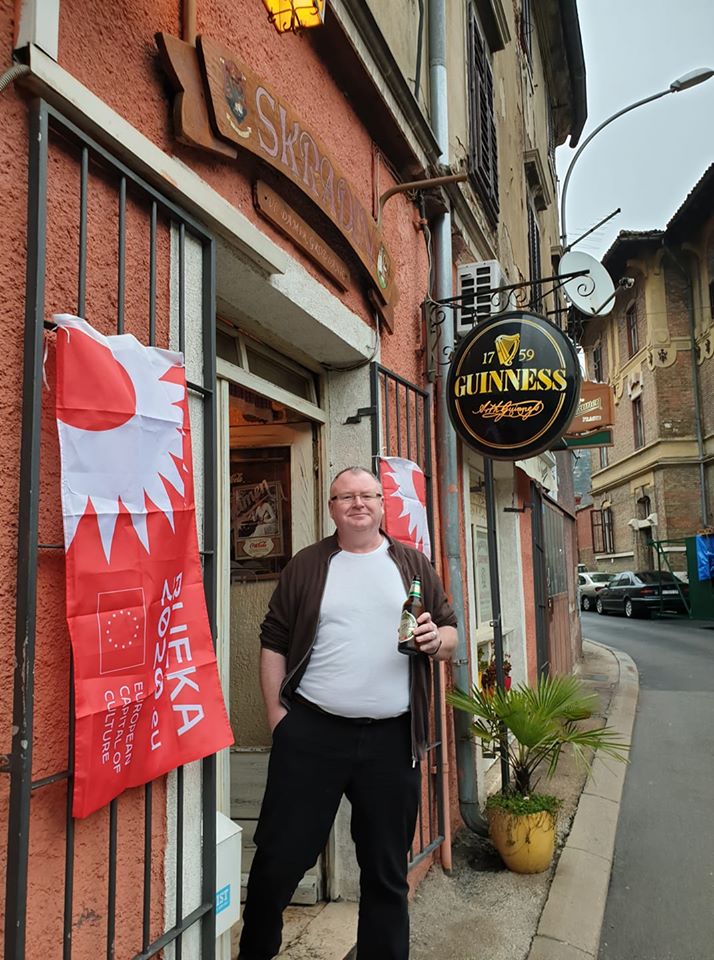
I had been advised by friends not to miss the Cafe Skradin experience, and so I was pleased to find that the first event of the day was hosted there from 7am until 1pm – socialising at Skradin and then taking the anti-tourist route on a bus tour. The programme quoted the New York Times’ advice:
“To better understand the city’s groove, take a circuit along the river and former industrial zone (…) Start with a cold Nikšićko beer at Cafe Bar Skradin – a family-owned drinking hole, filled with memorabilia, including old radios and maps, since 1964.”
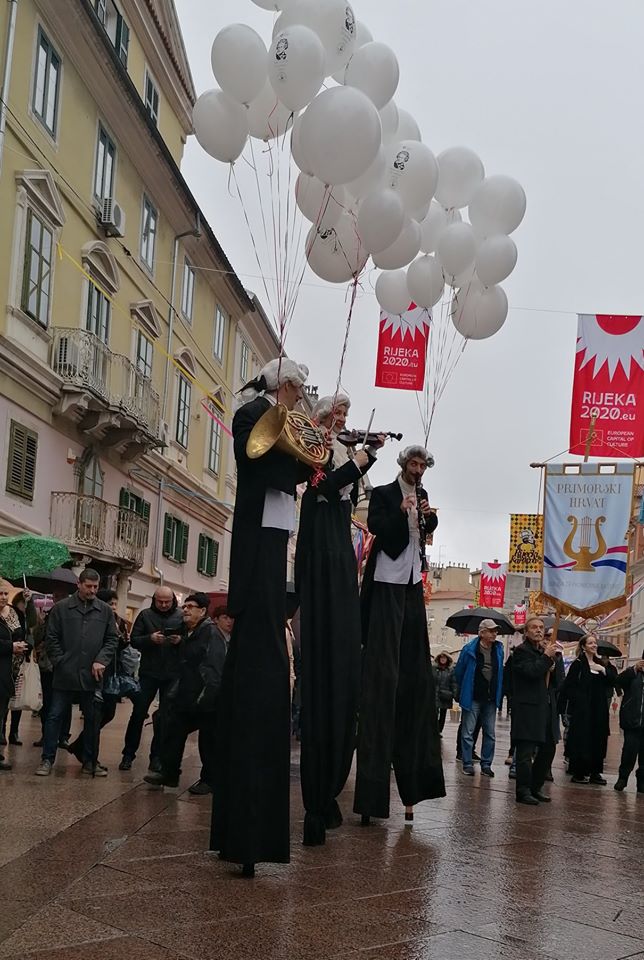
Excellent advice which I followed to the letter. I don’t always agree with the New York Times, but this advice was spot on. It was just that I knew that as soon as I posted the photo above on Facebook, the attacks would start. And so it proved.
For while Niksicko is an excellent beer – and I know few who will disagree on that score, and it certainly knocks the socks off Zuja – it is a beer not from Croatia, but from neighbouring Montenegro, as several people were keen to point out within seconds of me posting. A lesson for the New York Times – diversity is ok up to a point…
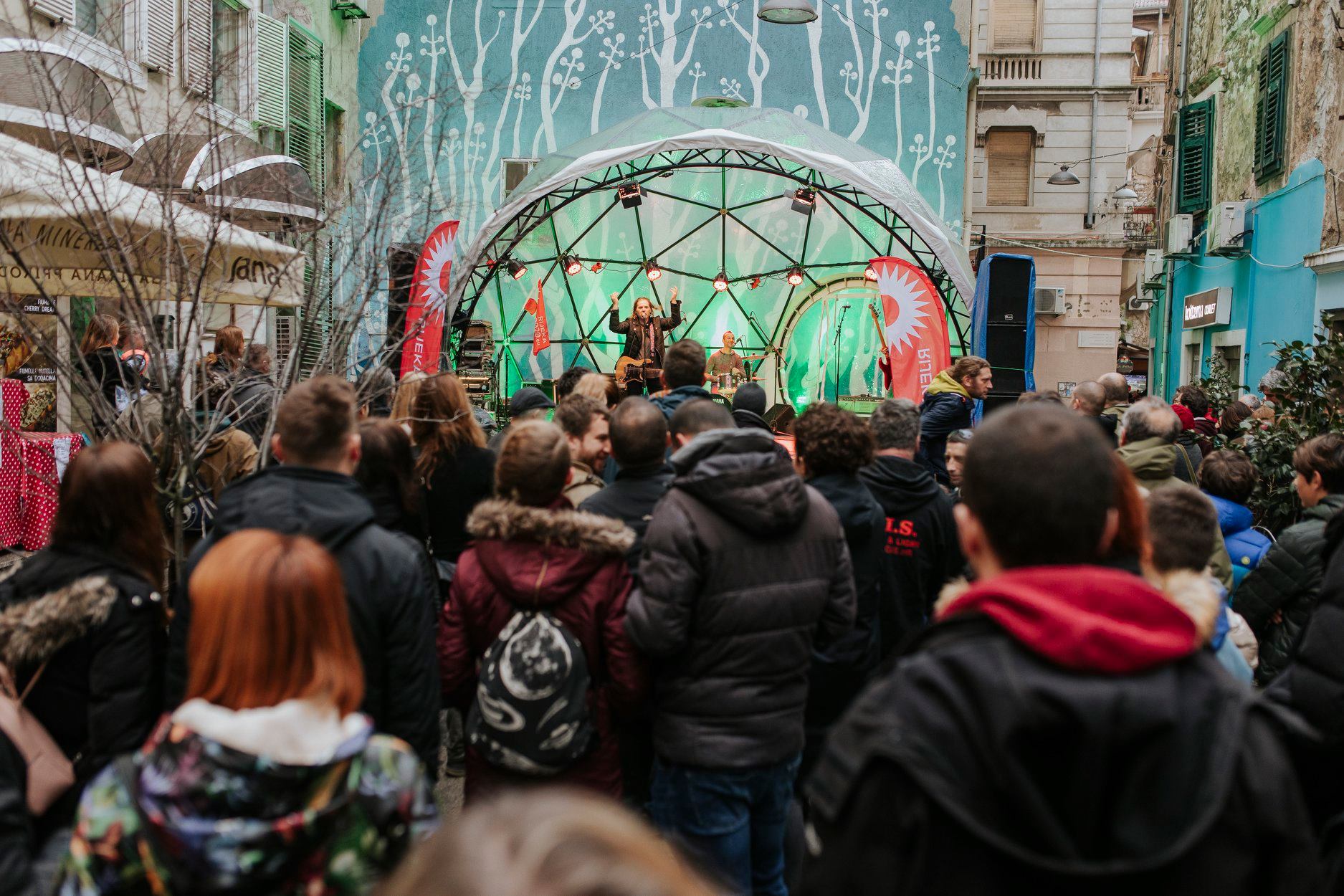
I don’t want to get into the politics of the portrayal of Croatia’s recent Yugoslav past here, because we will get bogged down in it, and I want to focus on a city which truly came to life despite the rain. But I do think it is important to cover the topic from both political standpoints, so that our readers can see the arguments of both sides and so draw their own conclusions.
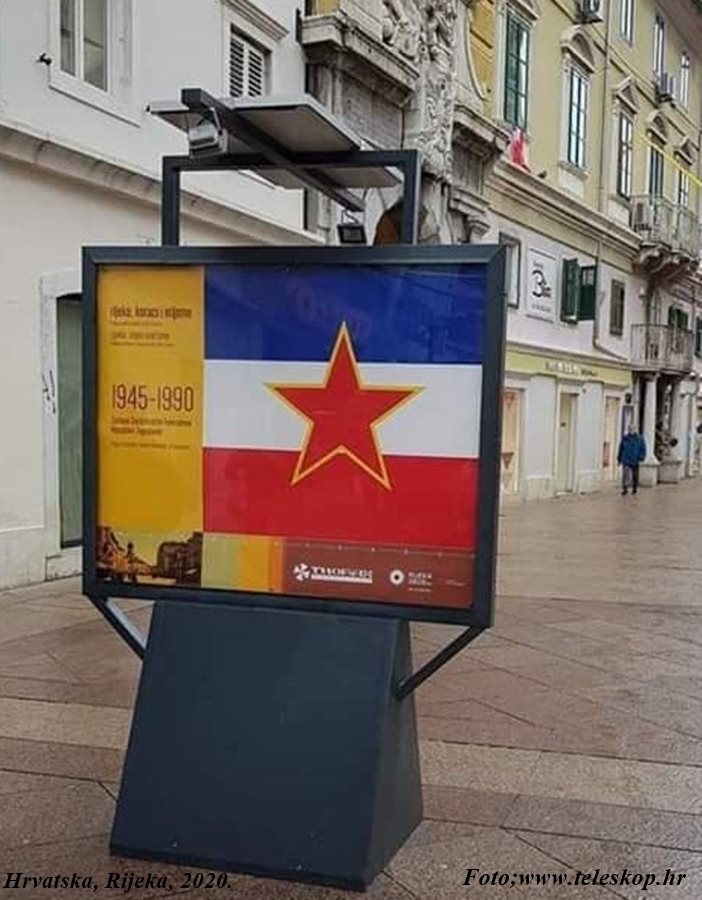
(Photo credit www.teleskop.hr)
An exhibition on Korzo of the 7 different countries that Rijeka was part of in the last 100 years caught the attention all over Croatia, particularly this poster covering the period of Yugoslavia under Tito, and Split writer Miki Bratanic was among those who voiced his objections.
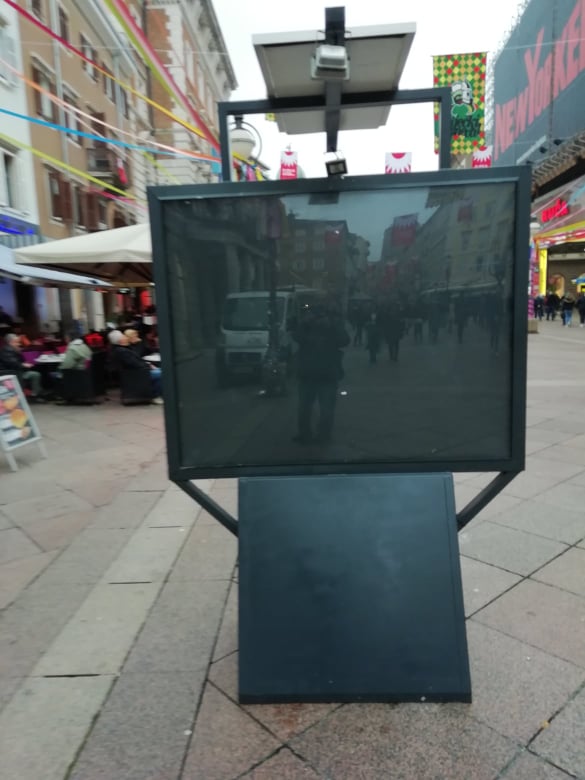
When we went back to video all seven posters to put it into context this morning, the entire exhibition had been removed. Rather than me getting into the issues behind all this (as I really do want to get on and talk about the buzz all over the city), I have asked Miki to write a piece on why he was so offended, and I will also ask someone from Rijeka 2020 to present the counter side of the argument. I will post both on TCN and let readers draw their own conclusions. Which is about as fair as I think I can be, while also allowing me to move forward with the rest of what I want to talk about.
We are almost done with politics… but not quite.
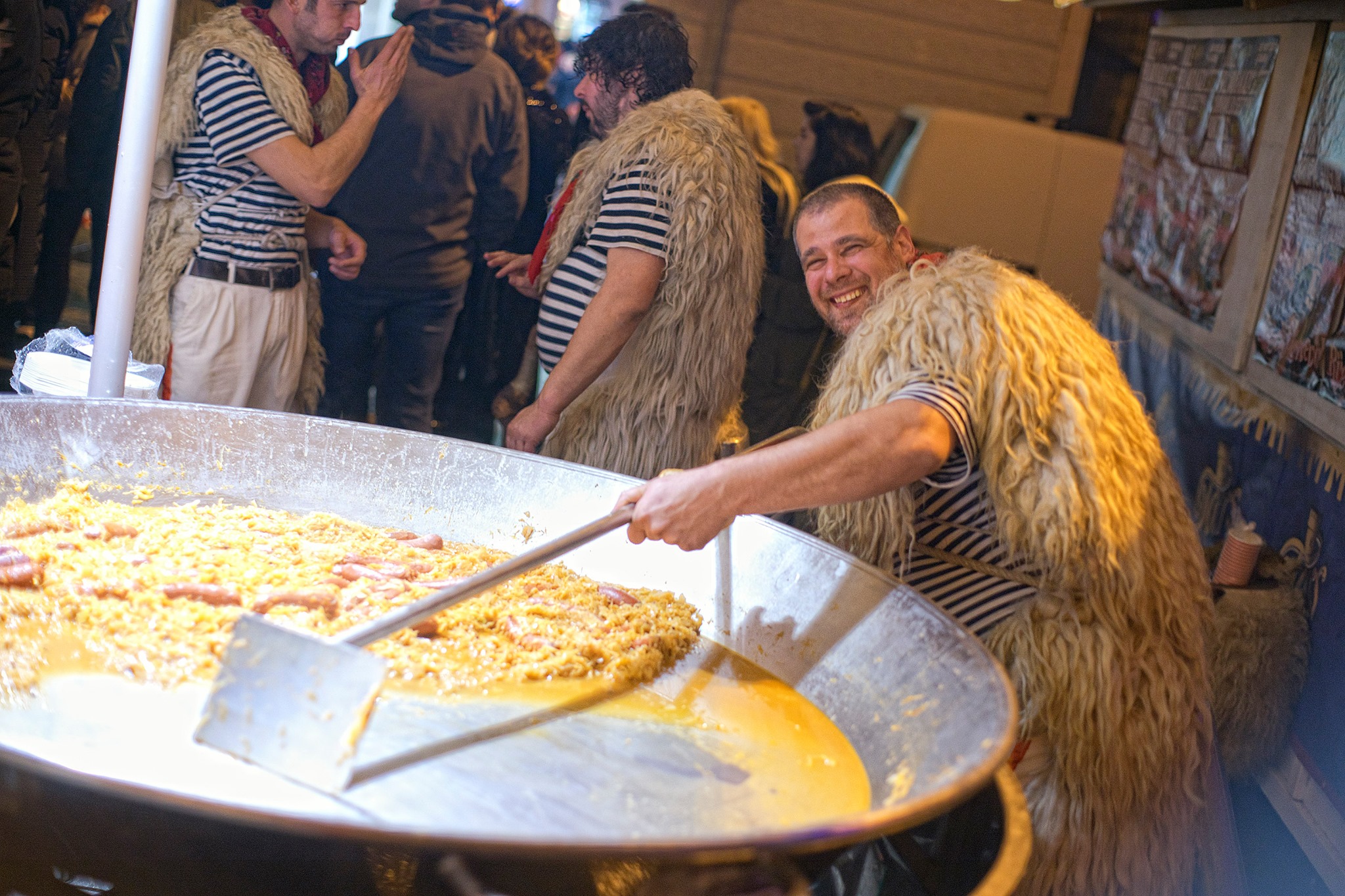
Rijeka is the first Croatian city to hold the title of European Capital of Culture. it is an event which has been known about for quite a while, an important one to showcase the country to European partners, and one which one would expect some senior political attendees. Especially at a time when Croatia is hosting the EU Presidency.
There was a no show from the Prime Minister.
There was a no show from the President.
There was a no show from the Speaker of Parliament.
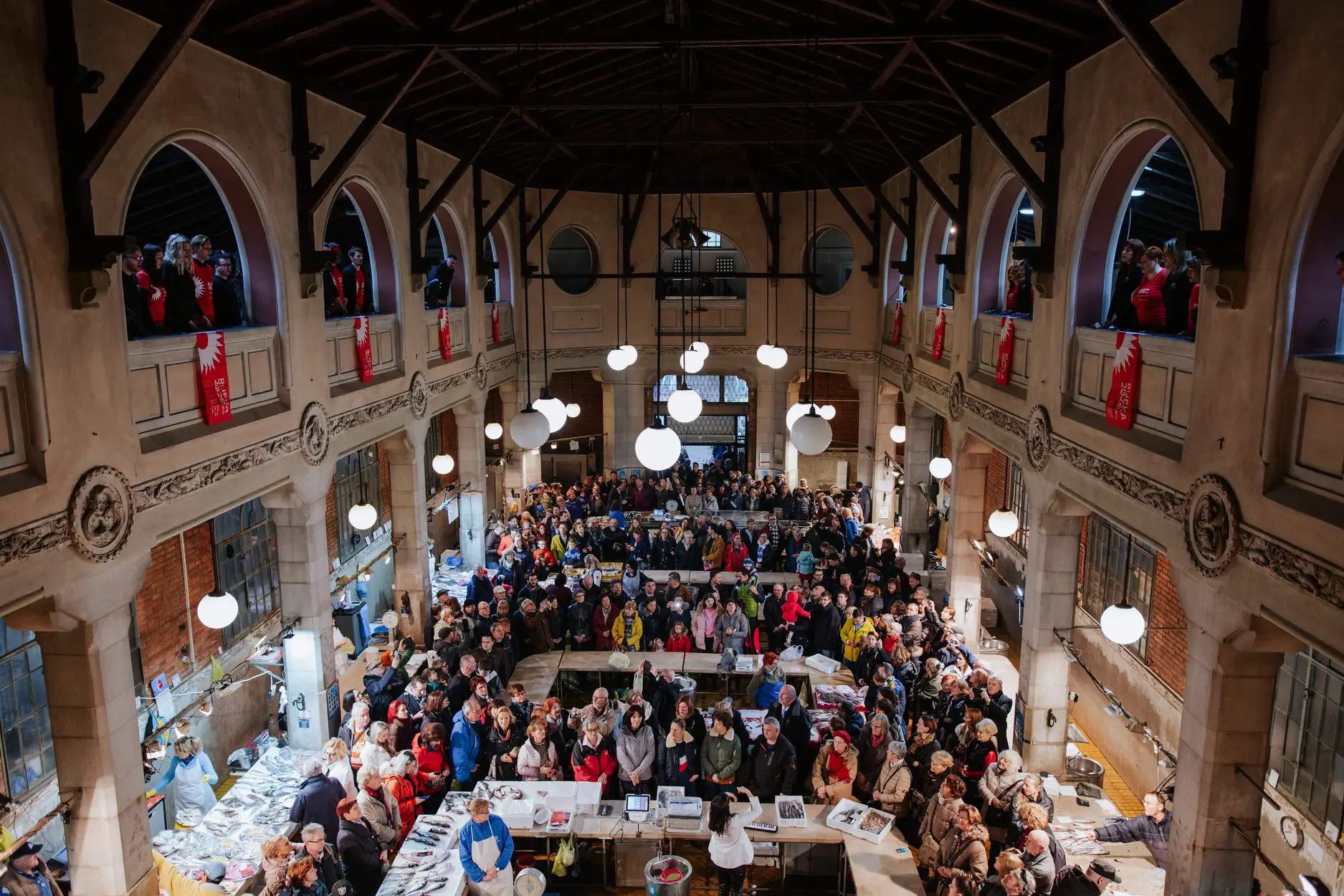
The absence of outgoing President Kolinda Grabar-Kitarovic was particularly interesting to me. A Rijeka native, she has spent the last five years grabbing any photo opportunity possible, and yet in what was one of the most high-profile events to represent her country as her presidency comes to an end, she was nowhere to be seen. Perhaps an aversion of the colour of ‘Red’ Rijeka played a part.
One senior official who did show up was Dubravka Suica, the EU Vice Commissioner for Democracy and Demography. A former English teacher, Suica was ridiculed in the Croatian media for her English before assuming the post. Nobody attending Rijeka 2020 had the chance to judge for themselves, as she chose to speak in Croatian only at this most international event, which was a little disappointing.
But the show went on. And what a show it was.
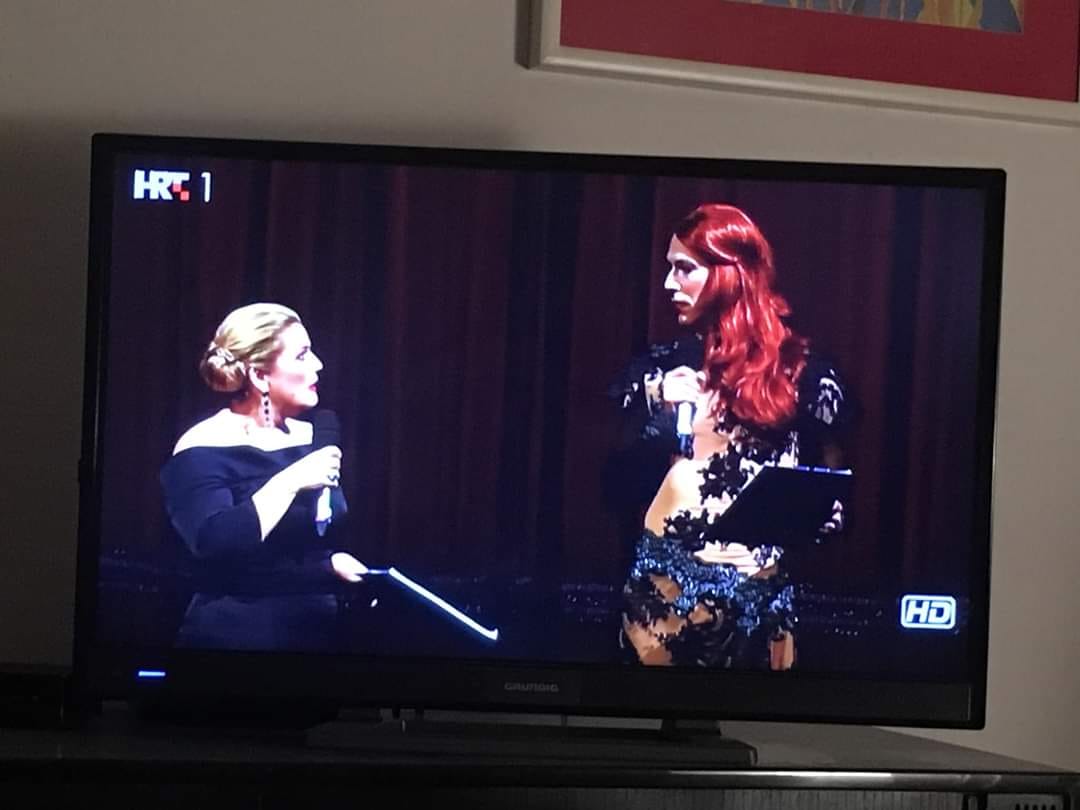
As a symbol of the diversity that Rijeka 2020 was striving to show, the choice of presenter at the opening event was genius. Actor Edi Celic appearing in drag may not have been to every conservative’s liking, but to send a message of tolerance and acceptance to the wider world, it was inspired. Although things have improved considerably since then, it is only a decade since there was violence at Split Pride, for example.
And that feeling of acceptance, tolerance and freedom was EVERYWHERE in the city on Saturday. The rain could not dampen the spirits of the locals who had come out in force to celebrate this special moment in their city’s history. As the day descended into night and I discovered gem after gem in hidden corners of Rijeka, I finally managed to pinpoint what was so different about this Rijeka experience – for the first time since arriving in Croatia back in 2002, I felt that I was in a liberal mainstream European city.
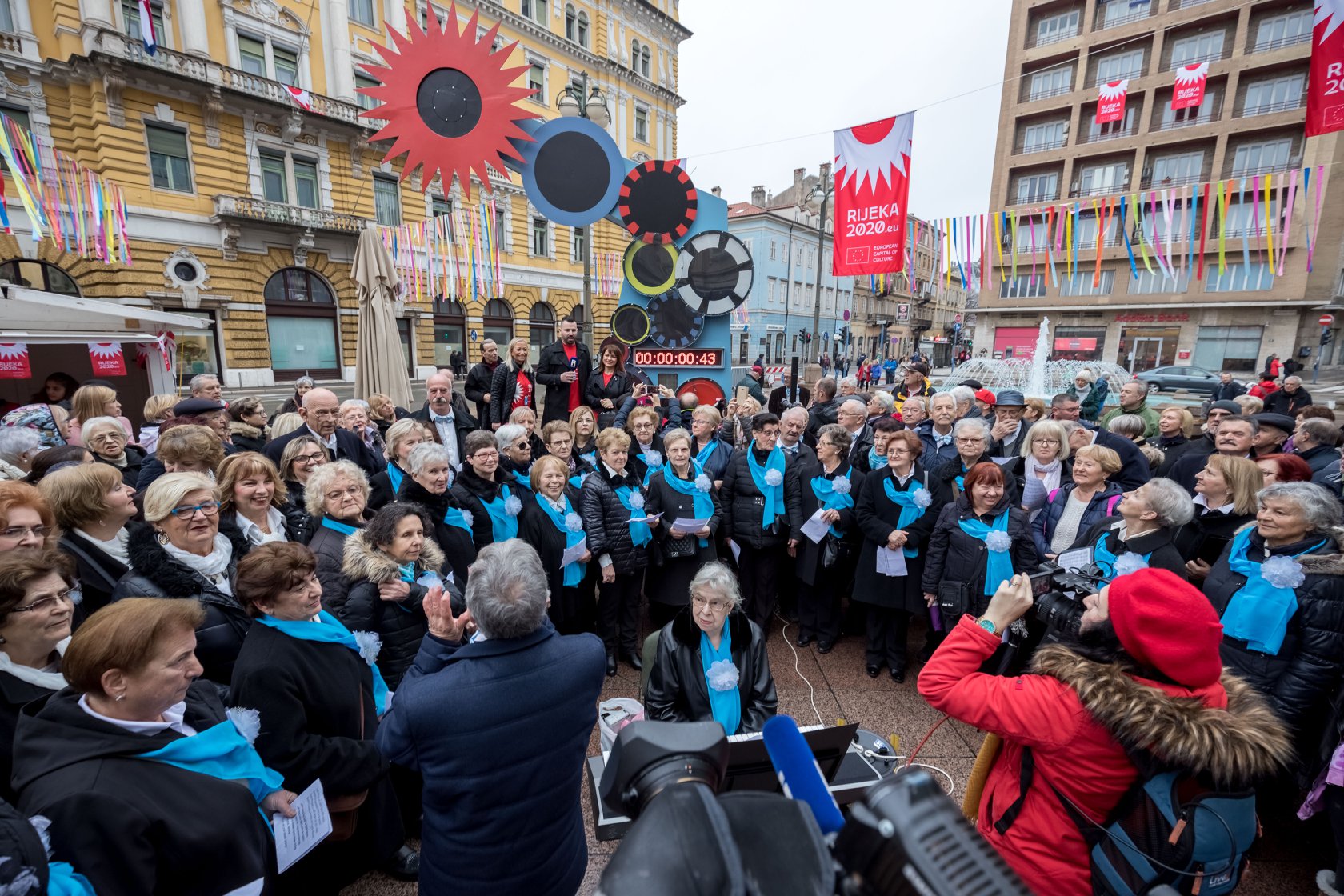
That is not to say that this is better than a normal Croatian city experience. It isn’t. It is just different, and something which I personally really liked. And so too will others – not everyone. But the Port of Diversity was offering a totally different Croatian experience which will appeal to some. And that is a good thing.
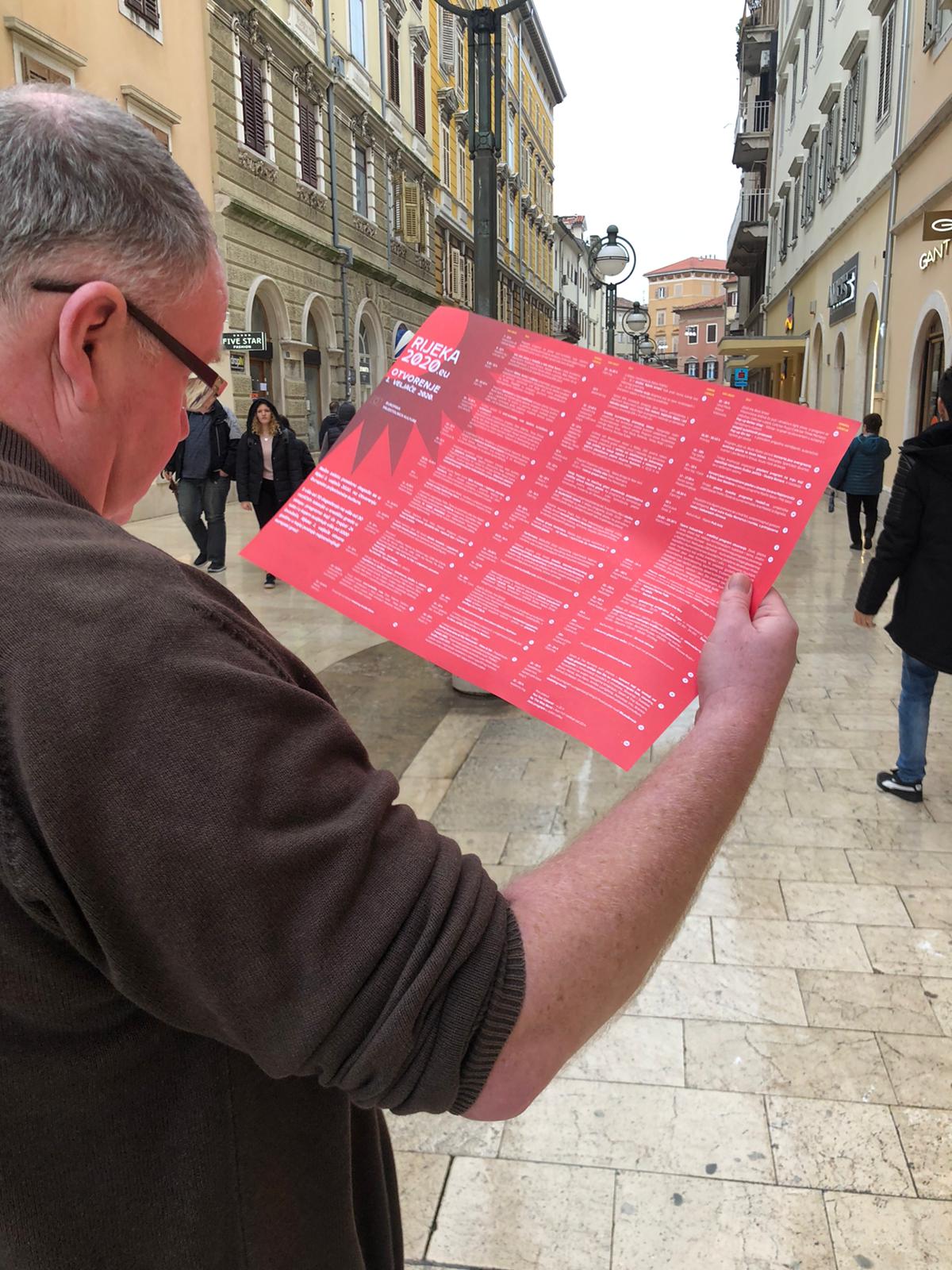
I had heard mixed stories about the preparations of Rijeka 2020, but my experience on the day was overwhelmingly positive. A very useful guide to all the day’s events – in English or Croatian and complete with useful map – was being widely distributed, and the numerous information points were staffed with enthusiastic and helpful staff.
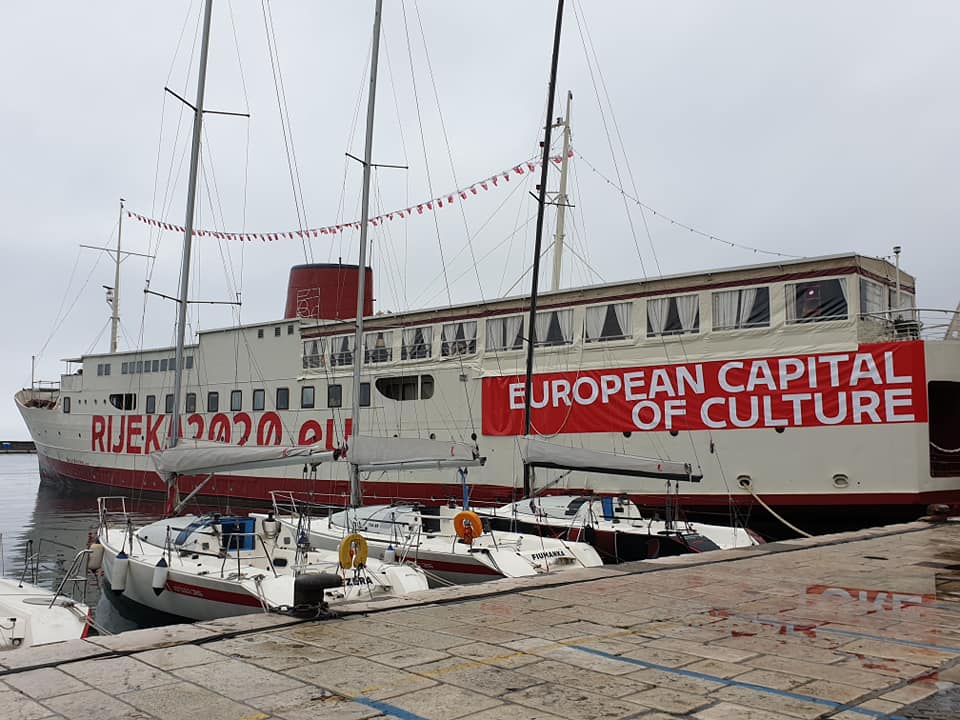
A word too on the facilities laid on for the media. There were 65 media outlets in all, from 14 different countries, and the media centre was housed on Rijeka’s famous Botel, right next to the location of the evening’s main event, Opera Industriale, a spectacular look at the industrial history of the city over the last century. Media facilities often leave something to be desired, but the Rijeka 2020 team put on one of the best shows I have come across working for TCN, and the complimentary food and drinks, combined with excellent service, great WiFi and outstanding views of the main action, were much appreciated. A lesson in how to treat the media.
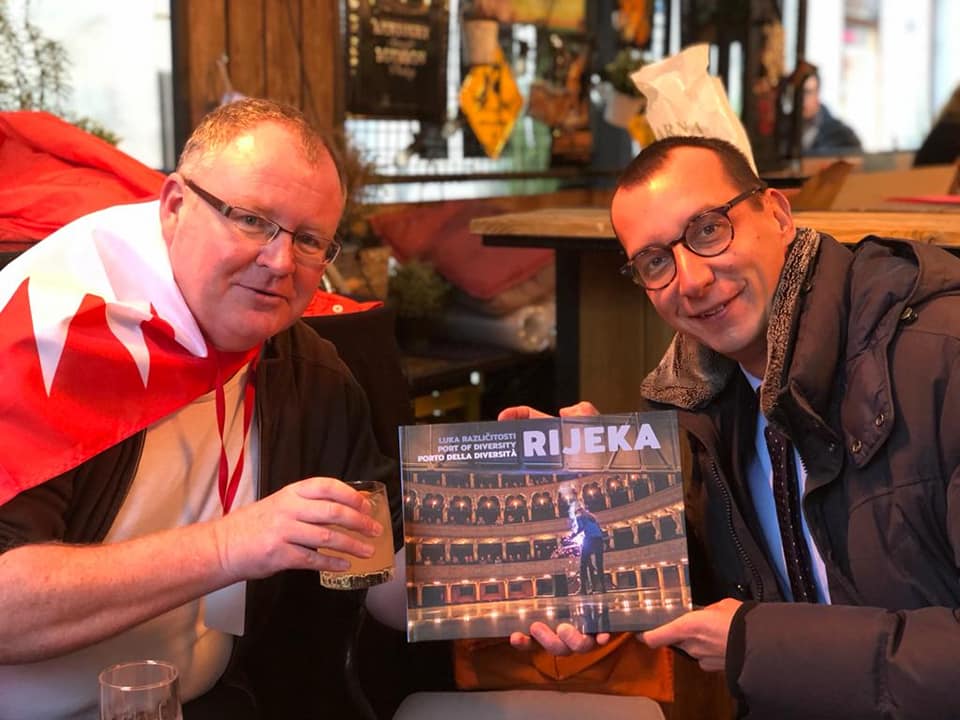
I was grateful to Deputy Mayor Marko Filipovic for finding time in his schedule on such a busy day to talk a little about the year ahead, and Marko was kind enough to say a few words on camera, which you can see below (he can be heard despite the lively atmosphere at the Three Monkeys cocktail bar).
In many ways, this was my favourite part of the day and the moment where I saw the Port of Diversity at its most diverse.
The city was full of interesting characters from all walks of life, several of whom sat down at the table and joined us for a while. A Venezuelan living in Varazdin, a Nigerian on Krk and this fat Englishman provided some of the foreign contingent, but it was the diversity of the locals that made for the most fun. I even discovered that the director of a protective clothing factory is my wife’s second cousin.
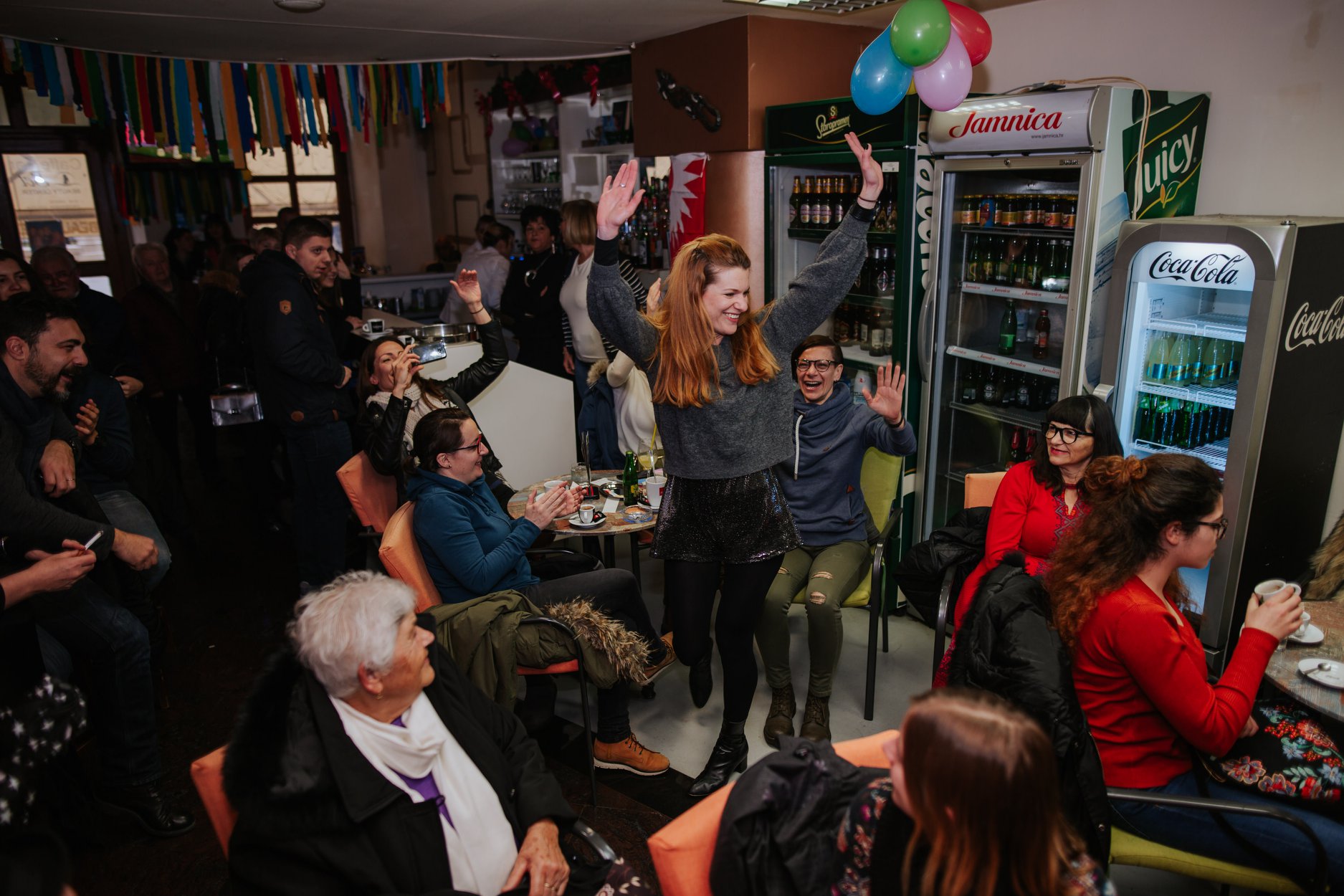
There was a constant stream of happy people of all ages, wandering the streets and taking in the events and installations. Croatia, Full of Life – this was it, and out of season. A little like Advent in Zagreb and HeadOnEast in Osijek, Croatia can put on quite a show outside the summer months.
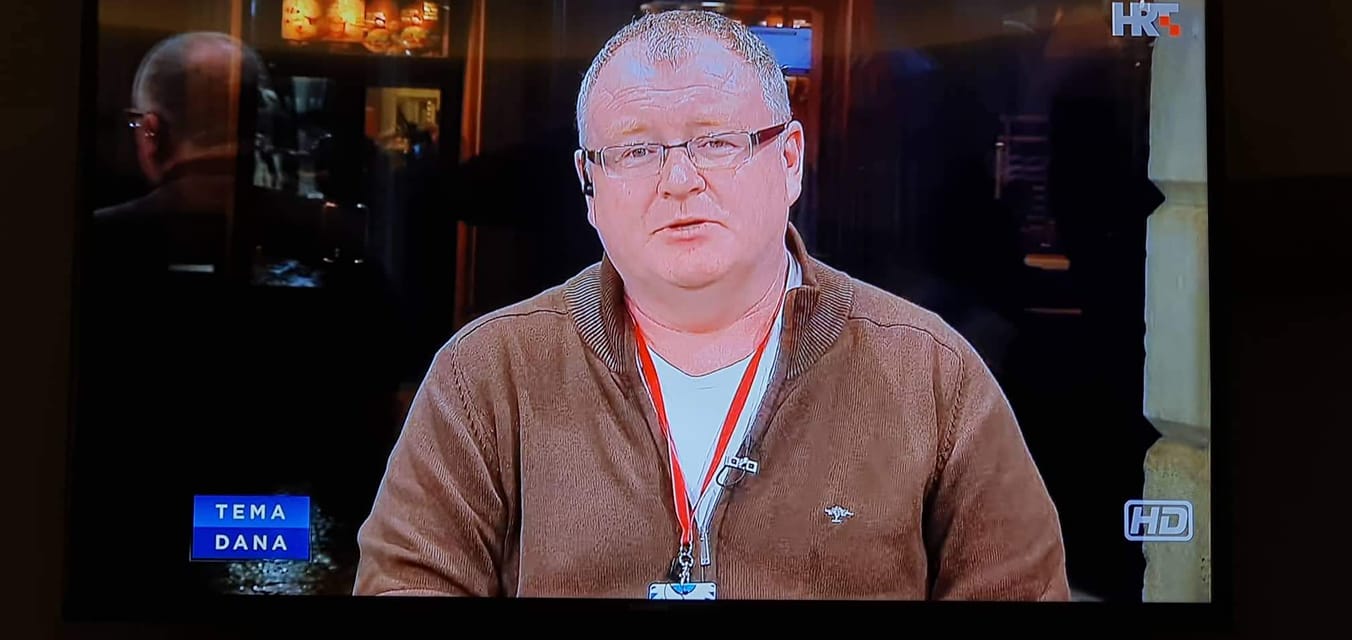
I sadly missed the main event live, as HRT called me requesting I appear live on the air during the opera to talk about Brexit. And if I didn’t think I had a bald patch previously, now that it was featured on national television, there can be no doubt… You can see the finale below.
Day turned to night, and Rijeka was just warming up. My guide for the night was Martin, a Brit who has been living in Rijeka for years, and who I last met way back in 2010. He suggested we meet at one of the many concerts taking part over the town, and so I headed to the square he suggested, passing streams of contented people enjoying their own chosen shows.
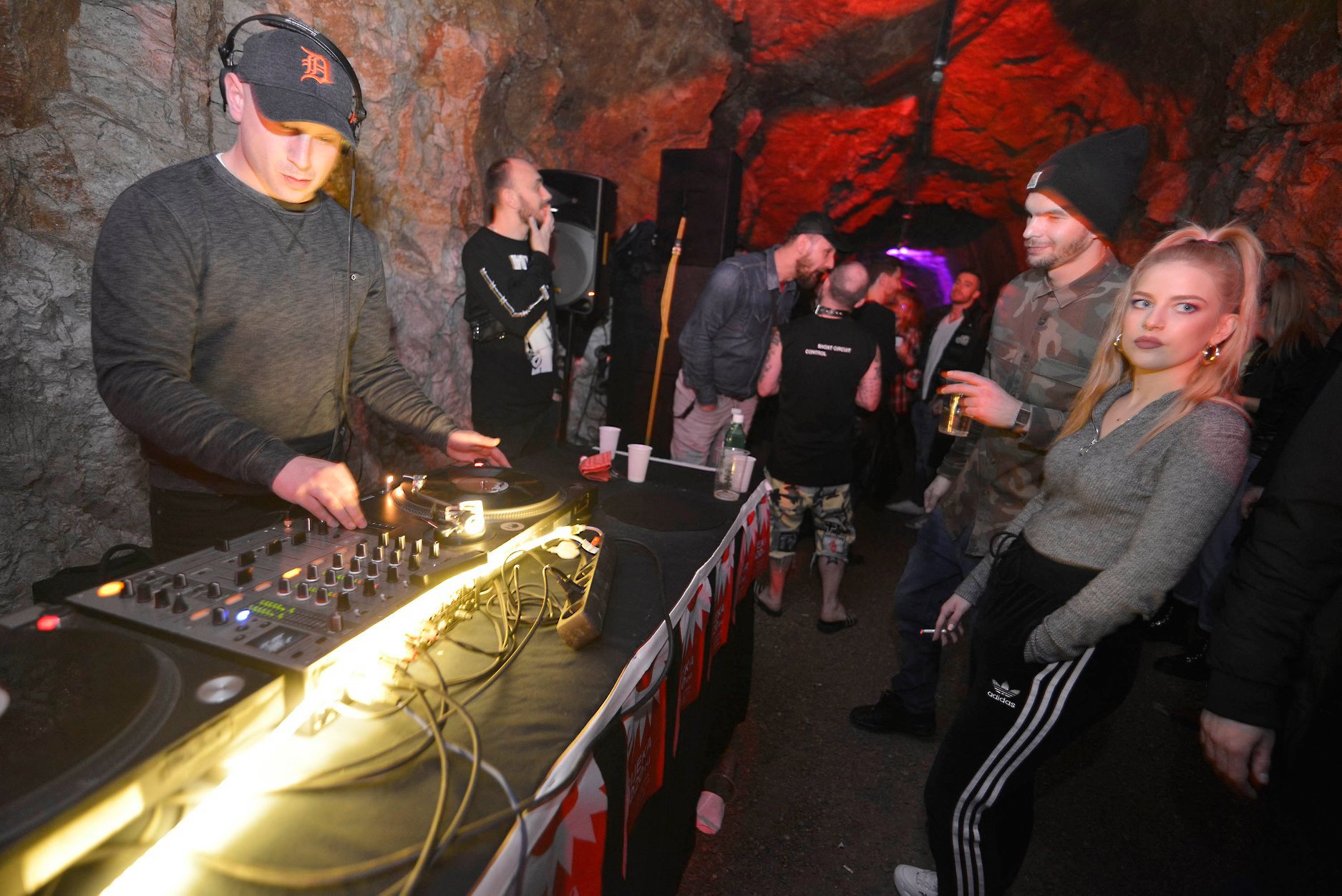
Getting the local perspective from Martin and the dozens of people I met through him through wanted turned into a very long night was a huge bonus. He filled me in on the diverse local music scene, the opening of various public spaces that had been closed for years, and some of the permanent community programmes which will be a legacy long after Rijeka 2020 has finished.
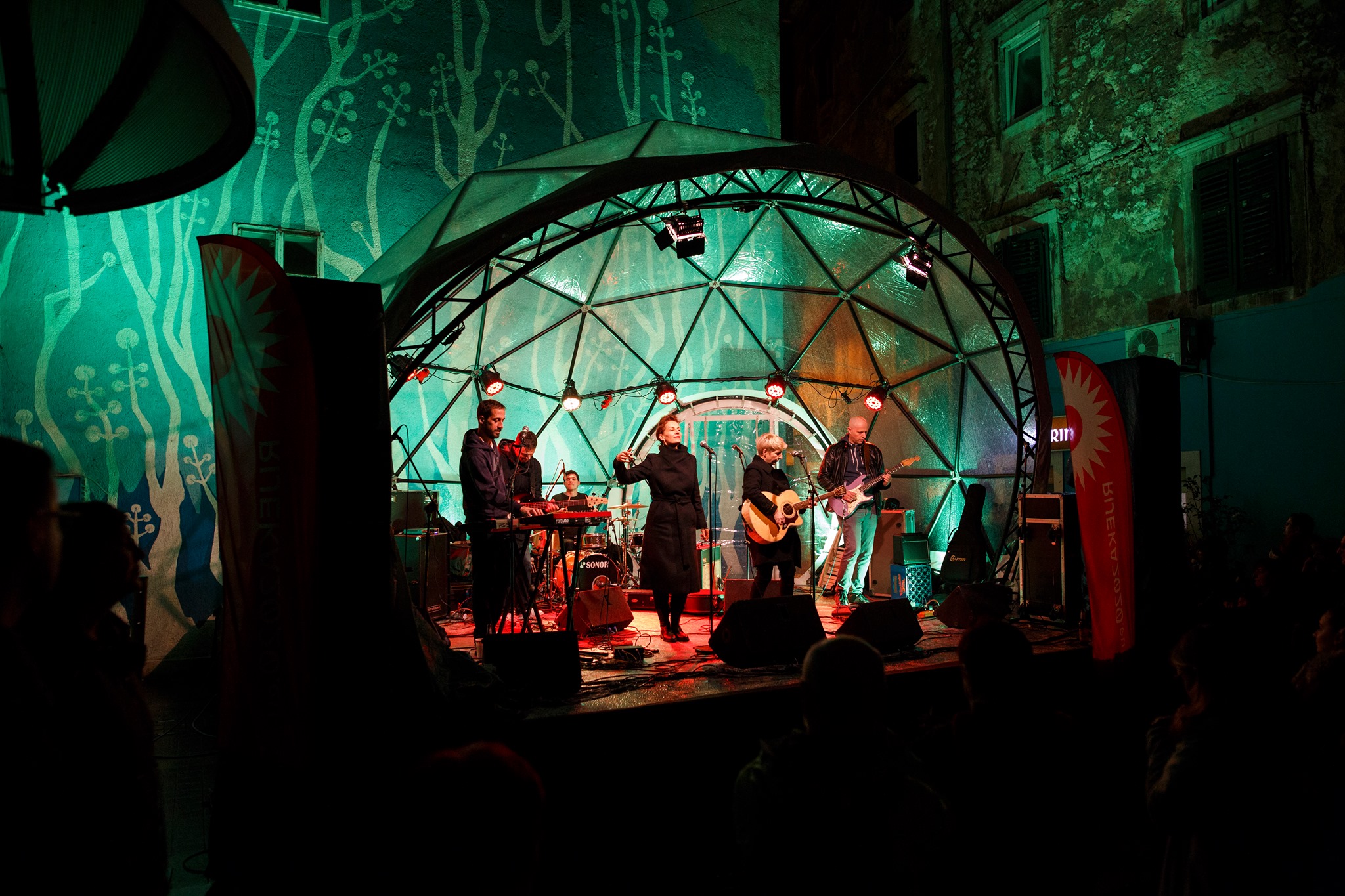
I was particularly interested in the Participatory Programmes of Civil Initiatives and the Green Wave. an initiative to encourage active involvement of citizens in shaping the socio-cultural scene, with a range of participatory programmes to improve the living conditions of local residents. As an example, he told me of a 30m2 space by his apartment which will be turned into a garden with pergola, a small oasis of calm, and one which he has been invited to help take care of. Many similar things will be taking place all over the city to make those small, but important, differences.

As one concert ended and the bar ran out of beer (the city was PACKED), I followed Martin and his local knowledge to a little underground place called Opera, Teatro Fenice, in the basement of some cinema. It was one of the spaces which had been closed for years but which was now once again brought to life. And what a gorgeous little venue it was (see above), keeping us very entertained with at least ten bands playing shorts sets until 3am.
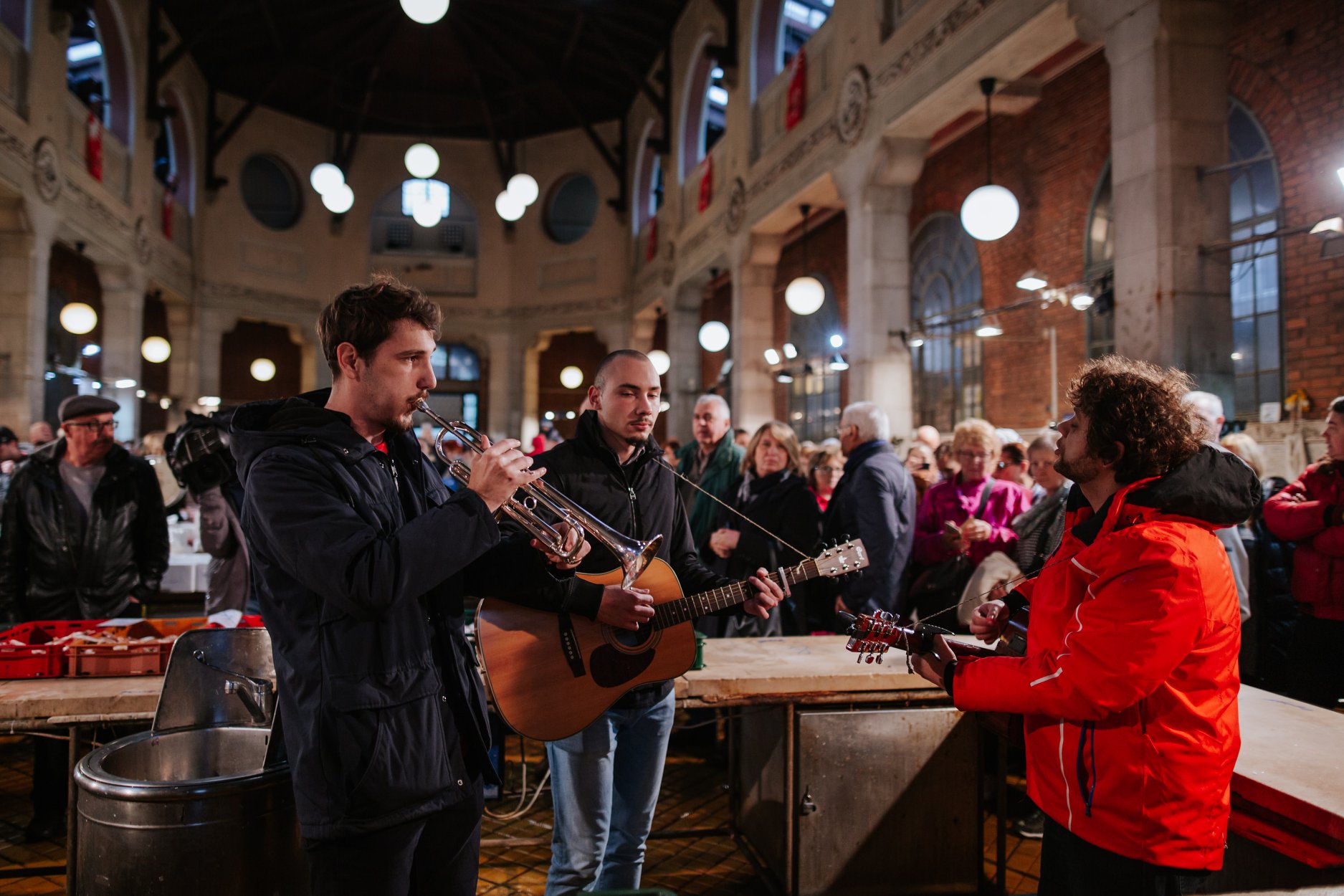
But Martin was not finished, and we went for a night cap at a little place he knew that would be open until at least 6am – Klub Zivot. And there we were, having to queue up outside until there was enough space to accommodate us. A couple more beers and yet one more concert, until we finally called it a night shortly before 6am. As my colleagues were meeting me in a couple of hours, it seemed sensible to sleep in the car, something I haven’t done for years.
But if felt about right, for this night in Rijeka had knocked years off me, although I will confess to a very early night on Sunday.
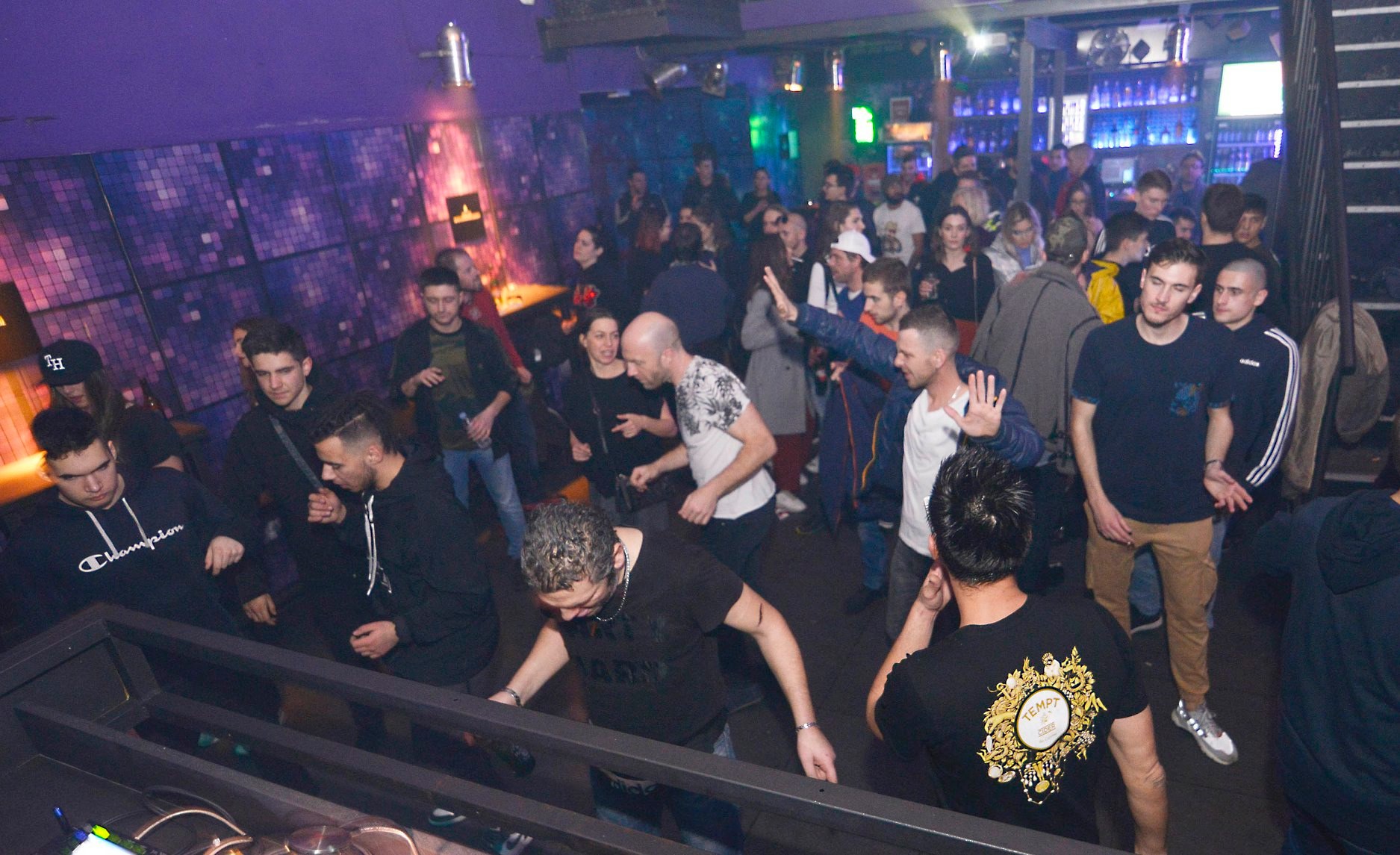
The Rijeka experience is not for everyone, but as a Port of Diversity, the city has the perfect slogan. It is one more arrow to the bow of Croatia’s tourism diversity, and one which will appeal to a younger generation, and its time as the European Capital of Culture is an outstanding opportunity for it to develop the Kvarner region. Rjieka Airport on Krk is very underutilised, the region’s medical and wellness tourism potential is outstanding, and it lies right next to Istria.
Leaving the politics aside, a huge thumbs up for this fantastic addition to the 2020 calendar, and I for one look forward to my next visit.
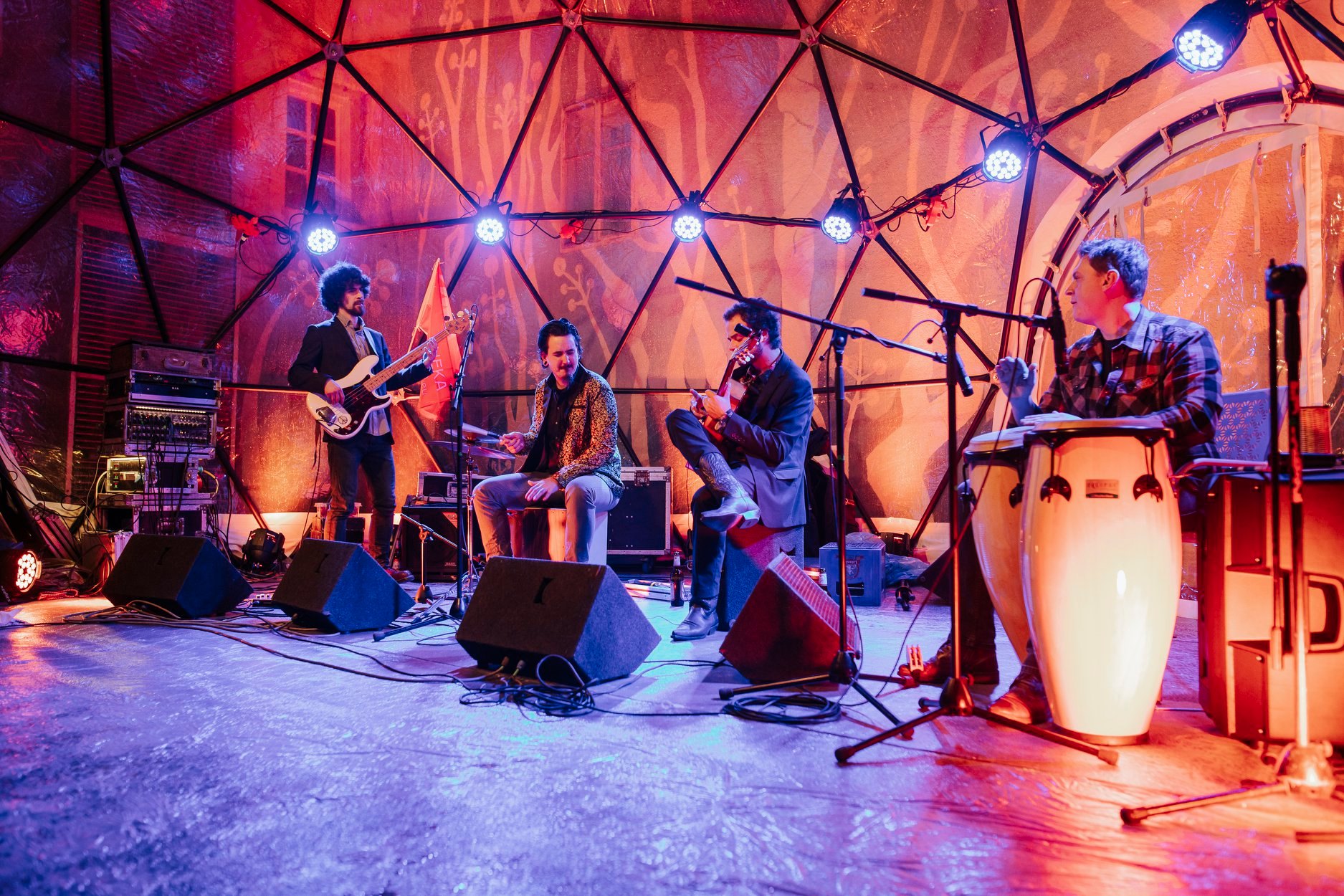
You can learn more about Rijeka 2020 from the official website.
To see the opening ceremony and opera in full, check out the video below.
Read more about Rijeka and why some people think it is the best place to live in Croatia.



